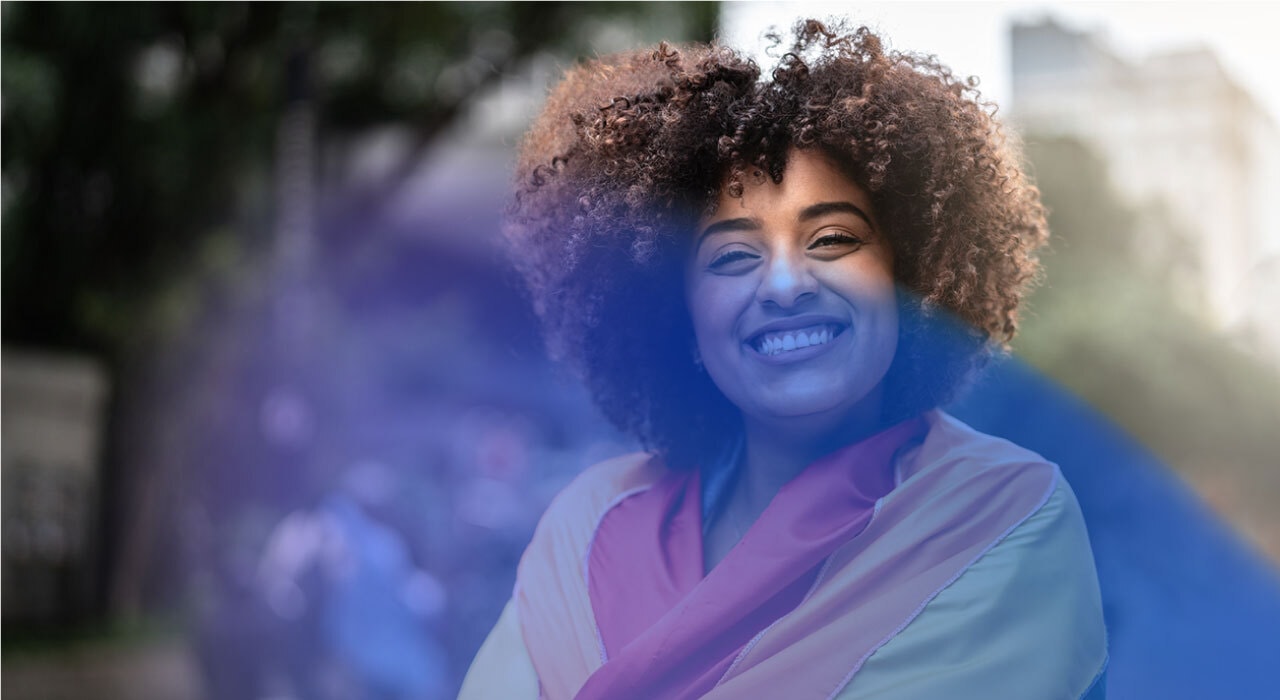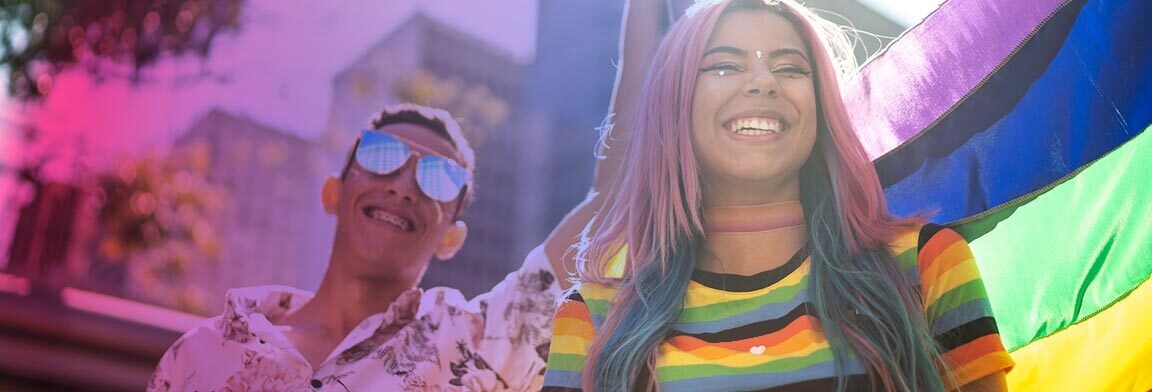"The loudness of support for the LGBTQIA+ community through showcasing the colours of the rainbow just about anywhere makes me pause and think: is this what allyship is all about?"
In most parts of the world, the month of June is filled with a lot of colours – brands changing their logos to a seasonal rainbow theme; corporations hanging banners of the different Pride flags to announce to the world their support towards diversity; and a lot of Pride merchandise popping up in our news feeds, encouraging us to show our support by sporting rainbow shirts and caps, among others.
Today, coming out at work might be a non-issue for some people and organizations. We see big companies embracing the idea of diversity, and they never fail to remind the world that they do. However, we have to admit that this kind of support does not always mirror what happens among employers and employees within the workplace.
Coming out at work is not a one-time thing
One of the things that slip the mind of most people that aren’t members of the LGBTQIA+ community is the assumptions that they make based on our gender identity. This might seem trivial in comparison to the struggles that we face in other aspects of our lives as LGBT. But in all honestly, assumptions based on lack of sensitivity greatly affect how we interact and express ourselves in the workplace.
The thing is, coming out at work doesn’t just happen once. Unless we want to play a version of ourselves that sacrifices authenticity to minimize the possibility of prejudice, we feel the need to come out whenever we acquaint ourselves with new colleagues or groups. Often, there is a feeling of needing to do this but only when we’re comfortable and confident enough to do so.
It’s taxing to do this every time I meet new people at work, but it beats the anxiety and mental exhaustion of constantly putting your guard up or always being on high alert to correct the assumptions that they build based on my external appearance.
At Gen, being globally inclusive is a value that we uphold as an organization. But more than the big rainbow banners, our daily interactions with one another within the workspace can really make or break living out our core value of being #All_In.
Allyship in the workplace
Every one of us has an ability to be an ally as privilege is intersectional. Allyship is not a one size fits all mentality and practice, there are nuances when it comes to showing support and standing up to the prejudice and microaggressions against minority groups like the LGBTQIA+.
Becoming and remaining an ally is a continuous reflection of our actions. The continuous strive to listen, have an open mind, and reassess our knee-jerk reactions to correct them in the future. It is a lifelong process of building relationships based on trust, consistency and accountability with members of marginalized communities.
Small actions, big impact
More than pushing for reforms that protect the rights of the LGBTQIA+ community or opposing discriminatory company policies, being open to learn more about the nuances is a great opportunity to understand and validate our LGBTQIA+ colleagues further. We don’t have to understand everything all at once; taking it one step at a time is the best way to go.
It’s always a good idea to challenge ourselves to cross-examine our biases after learning from different array of voices. A true ally regularly listens to those around them, adapt their thinking, rework what they believe to be correct and become more comfortable being uncomfortable. It’s not easy for most of us to be open and vulnerable about our struggles, but it’s a start.
Members of the LGBTQIA+ are at a higher risk of poor mental health and often experience unequal treatment when it comes to healthcare. While allies may not understand these struggles in its entirety, striving for empathy by providing a compassionate listening ear can be the next best thing.
And lastly, despite the leaps and bounds currently being made toward inclusivity, the LGBTQIA+ community is still a target for hate crimes and discrimination. Sometimes, these prejudices take a more dubious nature such as microaggressions. Speaking out when this happens sends a message to our LGBTQ+ colleagues that they are seen and that they are valid.
Conclusion
More than celebrating diversity and inclusivity, we must remind ourselves that Pride is still a protest. The fight continues for each and every one of us who are members and allies of the LGBTQIA+ community to strive for a more empathic and equal world. Happy Pride, everyone!
Did you find this information useful?
Did you find this information useful?
Thank you for your feedback!

 Back
Back









